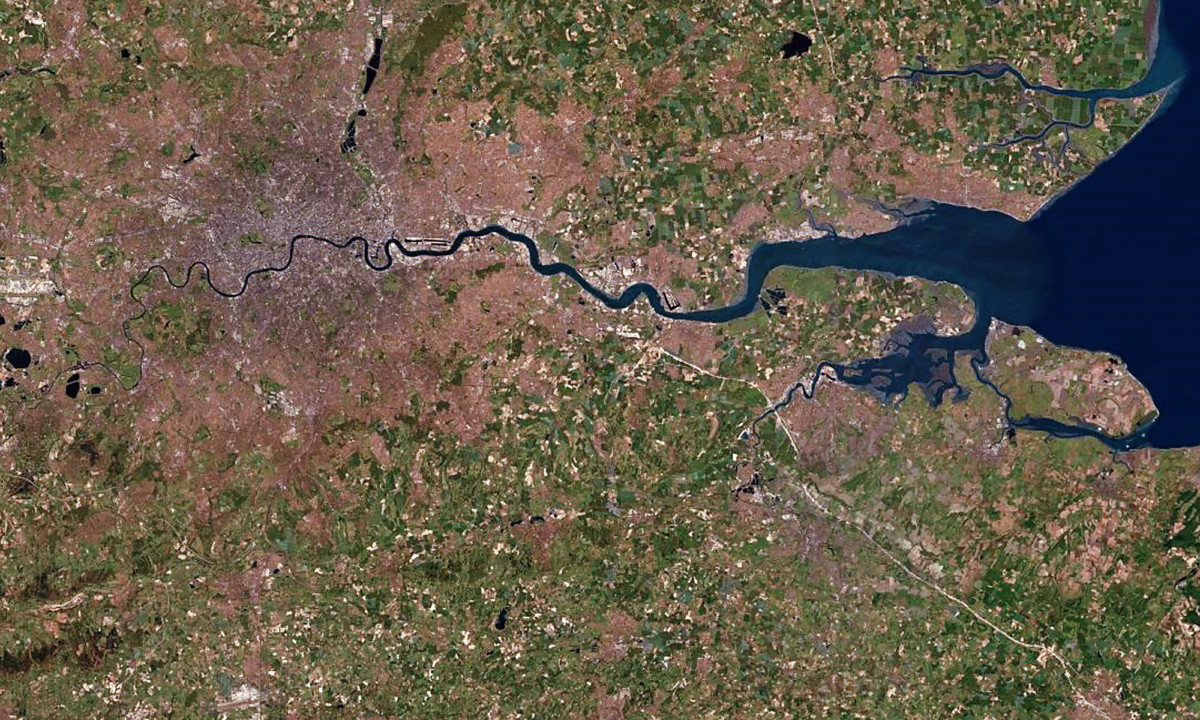https://en.wikipedia.org/wiki/Demand_responsive_transport


NEW PUBLIC TRANSPORT


A typical hitchhiker’s gesture
The hand signals hitchhikers use to signal to drivers that they need a ride differ around the world. Indicators can be physical gestures or displays including written signs. In North America, the United Kingdom and in most of Europe, most hitchhikers stand with their back facing the direction of travel facing oncoming vehicles. The hitchhiker typically extends the arm towards the road with the thumb of the closed hand pointing upward or in the direction of vehicle travel. In some African countries, the hitchhiker’s hand is held with the palm facing upwards. In other parts of the world, such as Australia, it is more common to use the index finger to point at the road. In 1971, during the Vietnam War, drivers invented methods to communicate various messages to hitchhikers (frequently soldiers in those areas of the U.S. near military bases). To indicate to a hitchhiking soldier that their vehicle has no additional space to accommodate them, a driver could indicate this by tapping on the vehicle roofs. Another common message that drivers could signal to hitchhikers—who usually sought to travel long distances, distances too far to walk in a reasonable amount of time—was that the driver’s destinations were located nearby—and of little use to the hitchhiker—by pointing at the ground for a few seconds.




